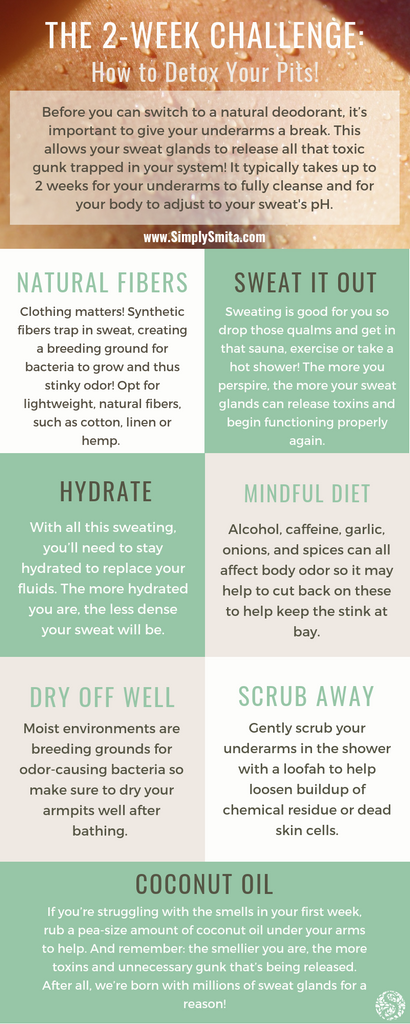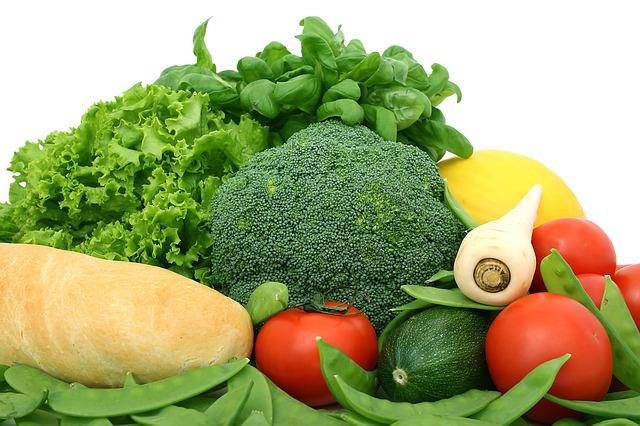
You don't have to cut out salt completely from your diet. It is possible to still enjoy many tasty foods with low sodium. It is important to choose the right foods. You can choose from canned goods, cheese, and processed meats. Additionally, low-sodium tomato sauce and paste can be purchased. It will save you time and money to choose low-sodium dairy and meat products.
There are many foods low in sodium, including fresh fruits and vegetables as well as whole-grain pasta. Nuts are rich sources of healthy fats as well as protein, fiber and essential vitamins and mineral. Nuts are rich in antioxidants which protect against free radical damage and counter the harmful effects of sodium. You can read this article to find out the best ways to cut sodium.
You can avoid the negative effects of sodium by choosing food labels that clearly state its sodium content. Look for the "Heart Check" seal. These processed meats are high in sodium and should be avoided. Make sure to inspect the ingredients and check that they are labeled "low salt" or "low sulphite." If you're not sure, try cooking with fresh herbs instead. There are many options for substitutes: celery seed, onion and garlic powder.
Low-sodium cheese can be substituted for processed cheese to cut down on sodium intake. Use substitutes like cottage cheese, buttermilk, and mozzarella. You can also substitute table-salt with spices and make homemade juice from canned beverages. Avoid canned foods and roast salted nuts. These types of foods are high in sodium and should be avoided. Also, it is a good idea to thoroughly rinse canned foods with water before consuming them.
Try spreading your sodium around throughout the day to reduce sodium intake. Reduce your sodium intake by eating fruits and vegetables. Avoid high-sodium food. Ask for less salt when you eat out. Custom-made dishes are better for you and contain fewer sodium. When ordering from a restaurant, ask for sauces and dressings on the side. For those who eat out, it is possible to ask for lower-sodium options.

You should always read labels before you try to reduce sodium intake. Always read the label. It will contain information such as the serving sizes, ingredients, and sodium content. Generally, a product should not contain more than 140 mg of sodium per serving. To make popcorn even more delicious, you can add spices. This snack is a good source of fiber, and it is low-sodium.
Although salty foods are best avoided, there are still foods that are low-sodium. Whole grains and breads are rich in fiber and low in sodium. Rice bran, for instance, is a good source of fiber. It also has just 6 mgs of sodium per serving. You should be aware that whole grains products may contain extra salt. Multi-grain bread, for example, contains almost 170 milligrams of sodium.
Fresh fruits are a good way to lower sodium intake. Fresh fruits are low in sodium and high in essential vitamins, minerals. An apple can contain about one milligrams of sodium. This is approximately 6% of the daily sodium recommended. Greek yogurt has the same amount of sodium as plain yogurt, but more protein and is a great option when you're watching your sodium intake. It is also an excellent source of potassium, which can be essential for maintaining healthy high blood pressure.

Some foods have very high sodium levels. However, they are still relatively low compared to other foods. Vegetables contain more sodium than any other type of food, and they are a good source of fiber. For example, a cup full of beets can have 84mg of sodium and half a bowl of spinach can have 63mg. Asparagus, green beans, avocado, and corn are all "salt-free".
FAQ
Can you become a self-taught chef?
You can learn to cook by yourself! The joy of cooking is something that everybody enjoys doing, no matter their skill level. Learn how to cook at home. Start small, such as making pancakes for breakfast and spaghetti sauce at dinner. Experimenting with new recipes is the best way to learn to cook. You might make a few errors along the way.
Learning to cook takes anywhere from a couple of hours to several weeks, depending on what type of skill level you are looking for. It's important that you remember that cooking does not mean following a recipe. There are so many ways to prepare food.
How long does learning to cook take? What amount of time will it take to master the art?
It depends on your level of skill. Some people are able to learn basic cooking skills in a matter of days. Others might need months or even years to master basic cooking techniques.
The amount of time needed to learn to cook varies considerably based on the person. For example, someone who has never cooked before would probably need more time than someone who cooks regularly. Some types of cooking are more difficult than others. Baking is more difficult than frying.
A specific technique will help you cook faster. Once you are proficient in that technique, you can move onto the next one. You don't need to worry about how many days or weeks it took to learn how to cook. You can just keep at it and enjoy the process.
What's the difference between a professional chef and an amateur cook?
A chef prepares food to be served to others. A cook prepares the food for oneself. While both jobs involve preparing food, a chef works directly with customers. This means that they may have to decide what dishes to prepare for their customers based on their preferences. The cook doesn't have to interact with customers. Instead, he or she ensures that the food tastes good before serving it to anyone.
How do I motivate to cook?
When you cook with your family and friends, cooking is enjoyable. Cooking for your own family is much easier than making meals for others. You can be inspired to cook if you try something new. You'll learn new techniques, and you'll be inspired to cook. To expand your culinary skills, you can also make use of recipes from other cultures.
Do I need any special equipment to cook?
To learn to cook, you don’t need to have any special equipment. The best tools will make cooking more enjoyable. A knife can be used instead of a fork when making pasta, or a whisk could be used to whip up stiff egg whites. Having the right tools makes cooking less intimidating and allows you to start faster.
How do I become a Chef?
There are many paths to becoming a chef. Begin by enrolling at a community college. Next, consider attending culinary school. The last option is to apply for a job as a paid intern.
Statistics
External Links
How To
How to make a perfect omelet
Omelets are one of my favorite foods to eat at breakfast. But how do you create them perfectly? I have tried many different recipes and methods, but none of them work. I have some tips and tricks to help you make delicious, fluffy omelets every single morning.
Before we start making omelets, let's remember that eggs are temperamental. It is important that eggs are fresh from an organic market and kept cool until used. If you don't keep them cold enough, the whites won't form properly, and the yolks will break down too much and become runny. Your omelets will look strangely colored if this happens. If you plan to cook the eggs right away, it is best to use room temperature eggs.
Another tip is to separate your egg before adding it into the pan. Because this could cause your omelet to become curdled, you don't want any yolk to be mixed with any white.
You could end up burning the bottom half of the egg if the egg is added directly to the heat source. Instead, heat the egg for 10 seconds in the microwave before placing it in the pan. The microwave heat will cook the egg just right without making it too hot.
Next, let us talk about how to mix the eggs. Mix eggs well together. You need to turn the bowl of the mixer upside down. Then shake the bowl vigorously. By doing this, the egg is thoroughly mixed with the air in the bowl.
Now it's time to have fun: pour the milk into the mixture. First, pour half of the milk into the beaten eggs and then fold the eggs gently into the remaining milk. You don't need to worry if streaks remain. They will disappear once you flip your omelet.
After folding the eggs fold the pan onto medium heat. When the oil starts to hot, wait for the pan to cook. When the oil is hot enough, add 1/4 cup butter to the pan. Stir it around until the butter covers the entire pan. Next, carefully open the lid and sprinkle salt into your pan. The salt will help to prevent the omelet's sticking to the pan.
Once the omelet has formed completely, cover the pan and let it set for a few minutes. Flip the omelet over using a spatula or flip the pan upside down. Cook the other half for another minute. Take the omelet out of the pan and immediately serve.
This recipe is best when used with whole milk. But, you can use skimmed milk as well.